Neatly dressed, wearing his signature mustard yellow specs, Alfred sipped his cappuccino and quickly put us at ease with his disposition. He was both professorial and unassuming as he described his experience as Director of the MdbK Leipzig Museum of Fine Art. What quickly became evident was this: Leipzig is not only the location of this museum but also, its history and character are his inspiration.
When Dr. Alfred Weidinger became the Director in 2017, he was tasked with the challenge of infusing the museum with a dose of innovation to make the space a destination. What has emerged from this challenge is a story of experiential design punctuated by historical references, “pushing” tastes, and creating a space of art the represents Leipzig.
…and Leipzig has a fascinating story. Some of what Leipzig is best known for:
Trade Fairs: Leipzig known as the “gateway to the West” during GDR (East German) days
Johann Sebastian Bach’s home until his death in 1750
A major publishing city before WWII (often called “buch-stadt” i.e. book city)
An art genre: New Leipzig School in painting
Gose style beer
It’s no wonder the city’s history is Alfred’s main source of inspiration. He says, “every day I open a new page in a history book. Every day since I arrived is a new page.”His approach to the museum experience is both elevated and very human. His priorities also reflect this approach. He’s invited Tomas Saraceno to do an installation, visits local artist studios (often 3-4 in week), and is frequently the first person from a museum to knocked on their door. He aims to push the tastes of local Leipzig patrons while also creating a space where they feel free and comfortable.
What are your first impressions of Leipzig?
It’s a really young city and a lot of people have a sense of doing great things to move forward, not backwards. There’s huge power and huge potential.
This is a special city. Today, it's the fastest growing city in Germany. Leipzig was always a very independent city in terms of it’s thinking. It hosted a major a trade fair during the GDR, a place where people from both sides would gather. But even thousands of years before, in the middle ages, Leipzig was an important intersection point for trade. It's always been at the intersection.
Even today Leipzig conserves this feeling: Leipzig is always a little bit different.
How do you think about this mentality when you’re planning for the future of the museum?
The museum is a really great space and we need to give this space to the people. We are in a wonderful building, a great construction, and amazing architecture so I especially want to push the young artists and encourage them to think in large dimensions.
We have six terraces and halls that are 16 meters high! This space brings a lot of possibilities and potential. I know we’ll have the opportunity to show really influential artists—who are used to dealing with the scale. But I also want to give the young ones the chance to deal with the space. We're not New York and we're not London where you have to exhibit only the highest level. Here you can let the museum also be a laboratory.
I also want to share contemporary art. It's interesting, the artists in the GDR had knowledge of what's happening in the Western part of the world, but only from books. Everything was in black and white on a page.
“The museum is a really great space and we need to give this space to the people.”
How do you balance being a museum of the city while also trying to push tastes as you mention with contemporary art?
I have to think about everything and everyone because we need to take care of the people who are living here—their needs, and what they want to see. But on the other hand, I have to teach them something, to attract them, and to push them a little bit (even if it doesn't always feels so nice). I have people who say "I don't like this. This is not art." It takes a while, but my aim is tolerance. It might seem like a low level, but if you get tolerance for contemporary art, you won.
I love that, taking pieces of inspiration from history and tying them into the museum. is there a particular place in Leipzig where you find inspiration?
I really do get inspiration from the history of the city. Just a few weeks ago someone told me in the GDR time there was a cinema in the train station—a 24 hour cinema. You just walked in and saw a movie for free. Isn't that great! This got me thinking about the space here [in the atrium]. I want to make 24 hour art spaces within this part of the museum.
And talking to people. I talk to and visit studios every week. Three to four artists every week. And this is very interesting because I get to see all mediums, genders, and ages. On Tuesday, I visited an artist in the countryside who is 88 years old. The stories he shared with me are so interesting and provide so much inspiration.
We have to take care of these people because in history, they were almost forgotten. In 1989 everyone felt this common sense: we are a new country this is great with lots of potential. Artists in this time worked for a few years really intensely. They made lots of works because they felt so powerful, but it took a turn and was a really sad time. Very few artists were able to swim on the top of the wave, most crashed down. When I visit with older artists, sometimes I am often first person from a museum in these 30 years who has knocked on the door.
How do you think about your role in this?
I try to do something for them. When you walk into the lobby by the front desk, there are four paintings on the wall. The painter is a 87 year old Jewish man, so he was completely forgotten. He lived here, and it was not an easy life here in Leipzig. He left the city after the fall of the wall because he felt there were more opportunities elsewhere. But no one was took care of them.
When I met him, we had a really nice talk. He was so grateful for the visit that he decided to give the museum one of his paintings as a gift. Later, he wrote me a letter that said, ‘I really like what you're doing and it's better to stand on two legs so I'll send you another one (painting).’ He sent me four and asked the people of Leipzig choose which to keep. For a while we had an iPad where visitors would vote to decide. There were thousands of participants!
For you personally, How did you find yourself at this museum in particular?
My career in art started in my childhood. I great up on Lake Attersee, a small lake near Salzburg where Gustav Klimt spent almost 16 years in the summer and then studied art history and archaeology in Salzburg. Later, I went to The Albertina in Vienna and focused on the work of Oskar Kokoschka and Gustav Klimt. I worked for more than 20 years in Vienna, but when this position opened here at MdbK I thought, let’s give it a try!
Leipzig and Vienna are linked. Here in Leipzig, we have an important painter: Max Klinger, but he is also a key figure for Austrian art. Klinger believed in the idea of a "Gesamtkunstwerk" (total work of art), adopted from Richard Wagner (also from Leipzig). He transformed the idea of the “total work of art” into art itself. This was new to the Viennese, and they appreciated this ideology: everything as art. As a result, Klinger was invited often to show his work and today, many important works from Klinger are owned by Austrian Institutions and only on loan here in Leipzig.
If you find yourself in Leipzig, walk into the atrium and up through the museum and think about more than the art you see: consider the history, the city, and the space as you explore. The space itself is quite magical and there is no ignoring the architecture. Designed by Hufnagel / Putz / Rafaelian, the museum boasts six massive atriums and unique interiors.
Stay in the know: Be sure take a look at Dr. Weidinger own body of work as photographer and art historian, found also on his personal website.



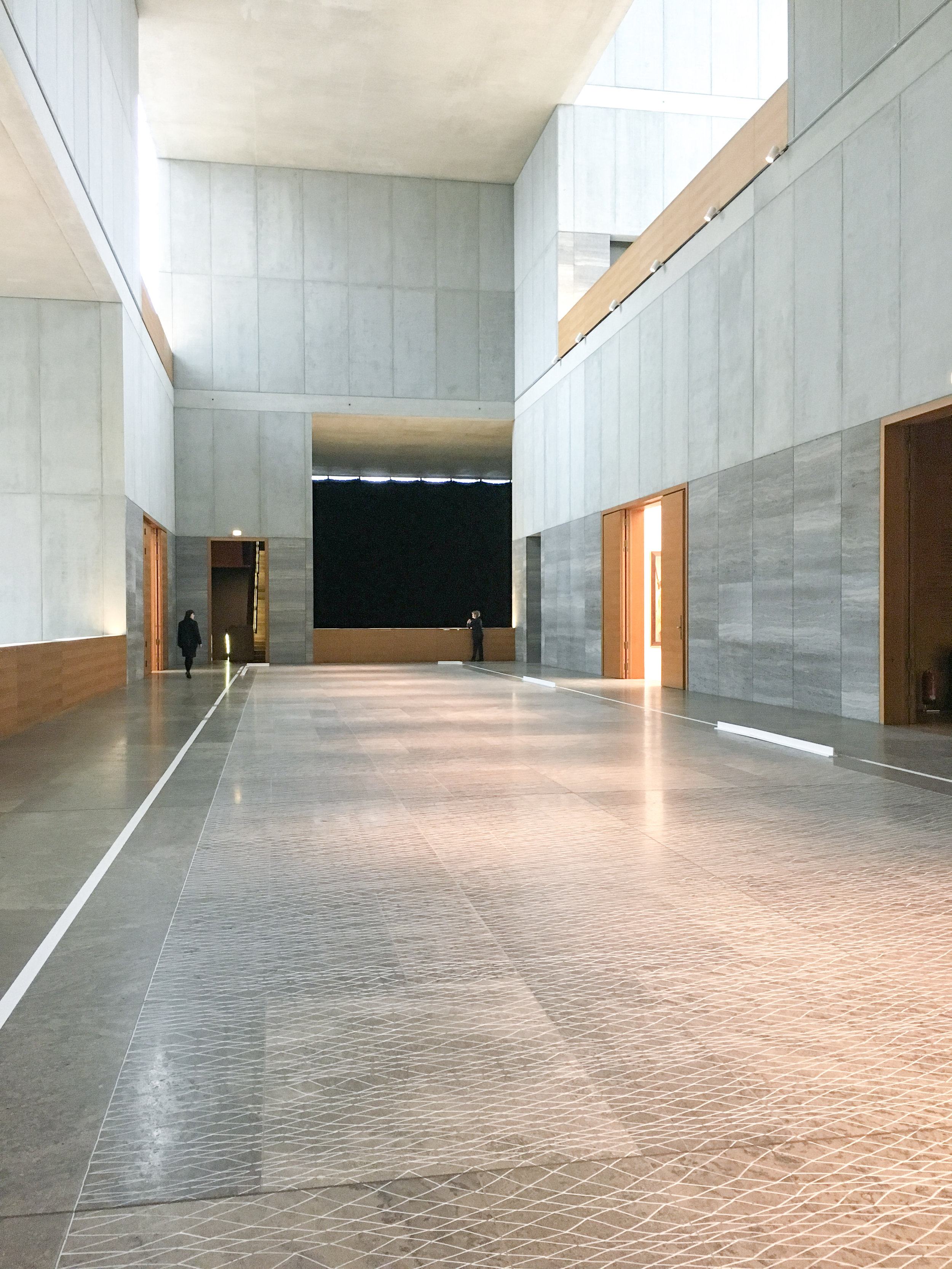





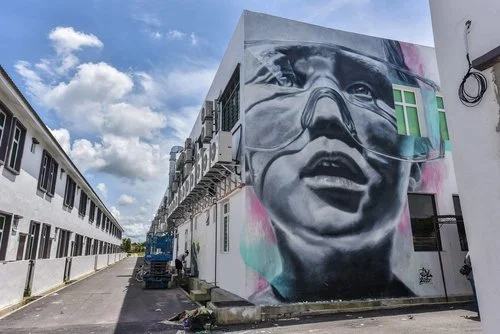



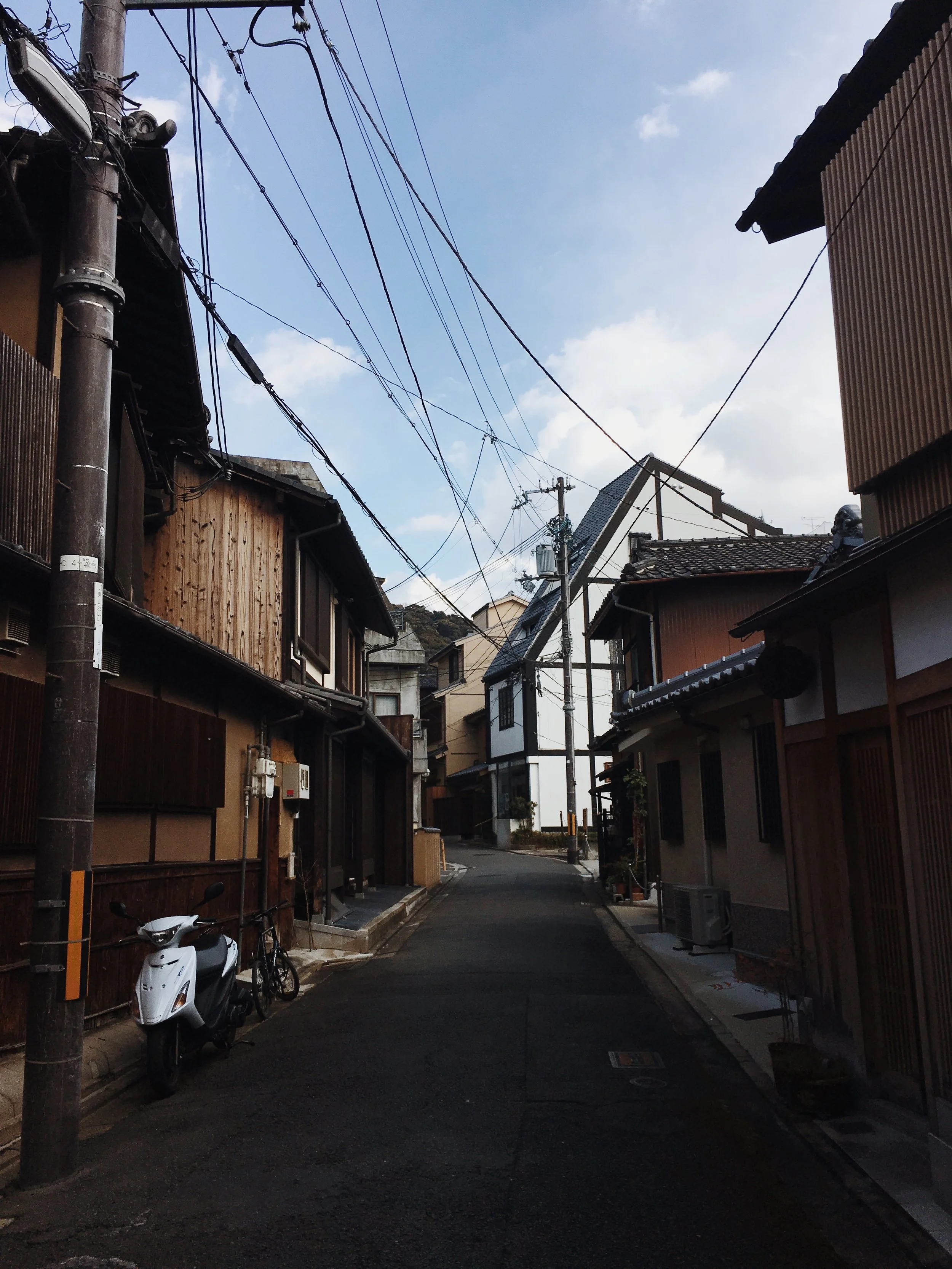




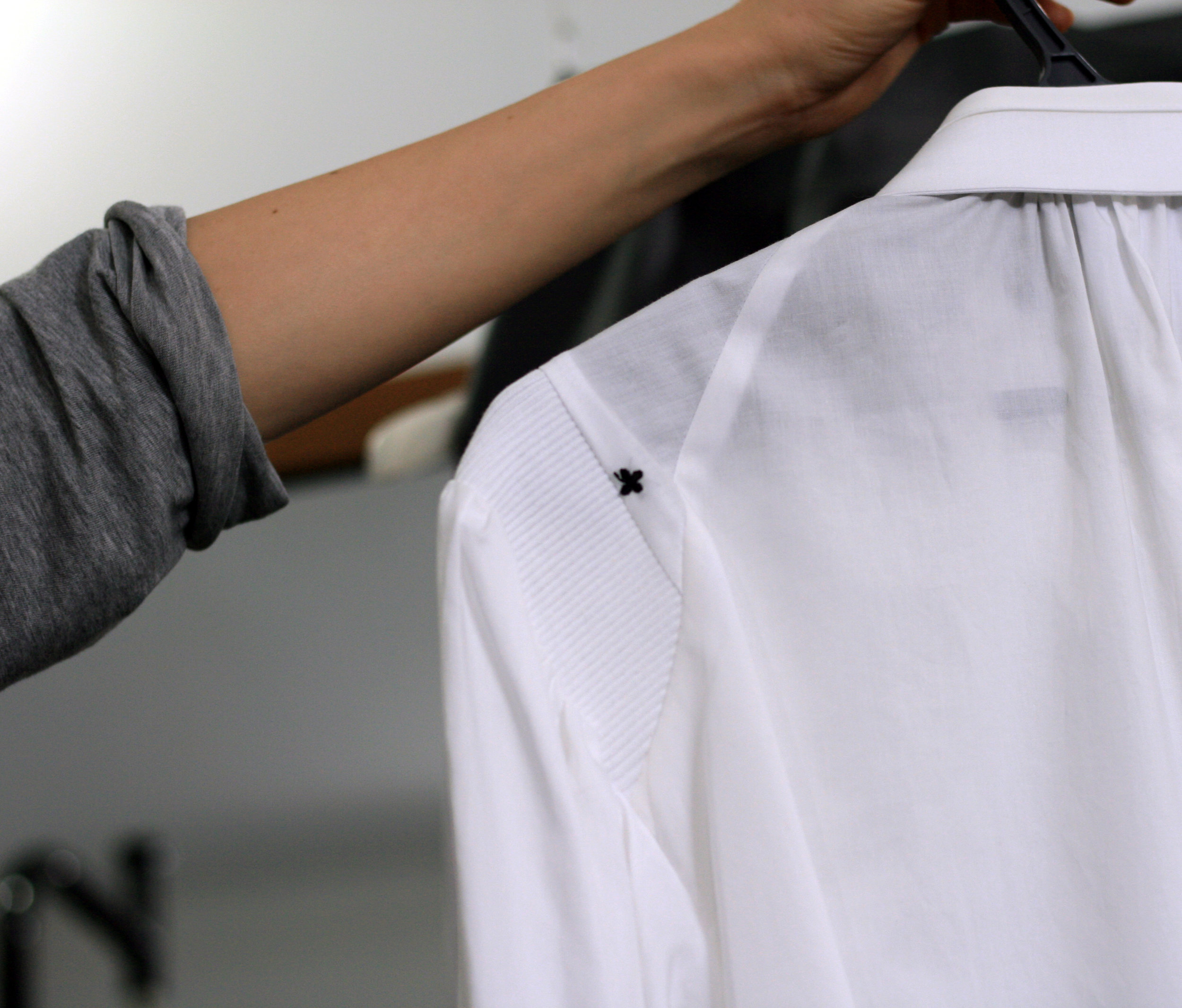






















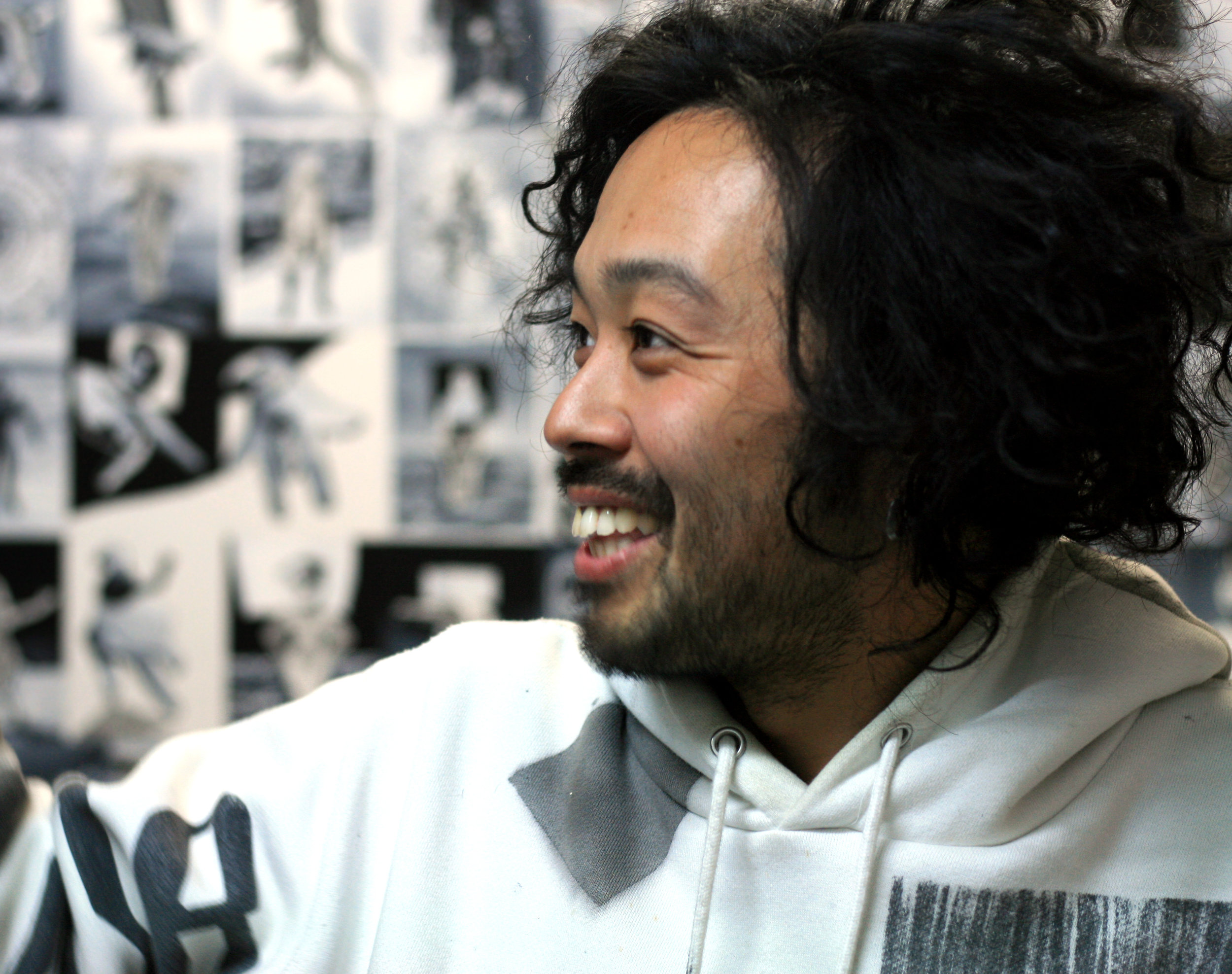
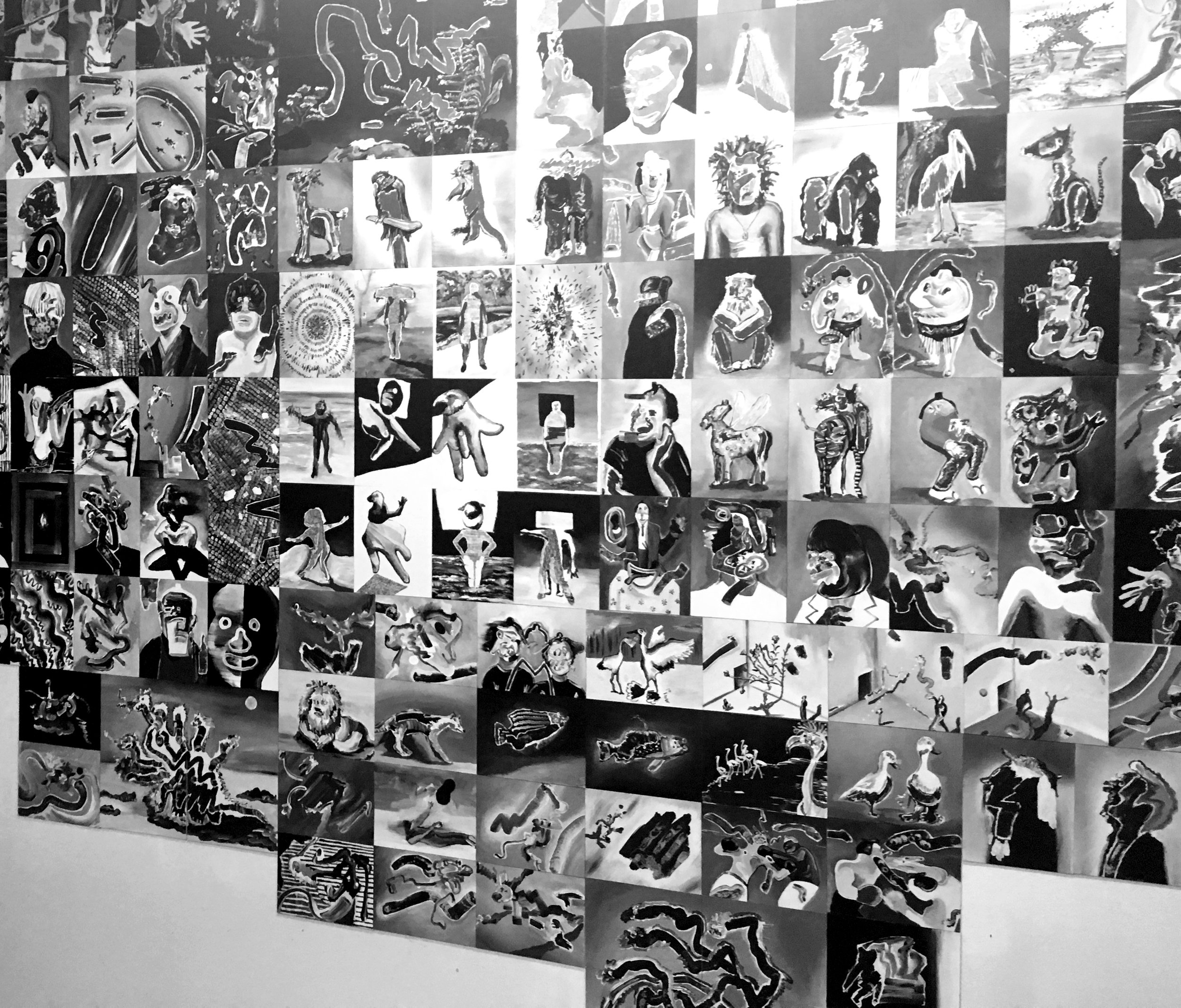



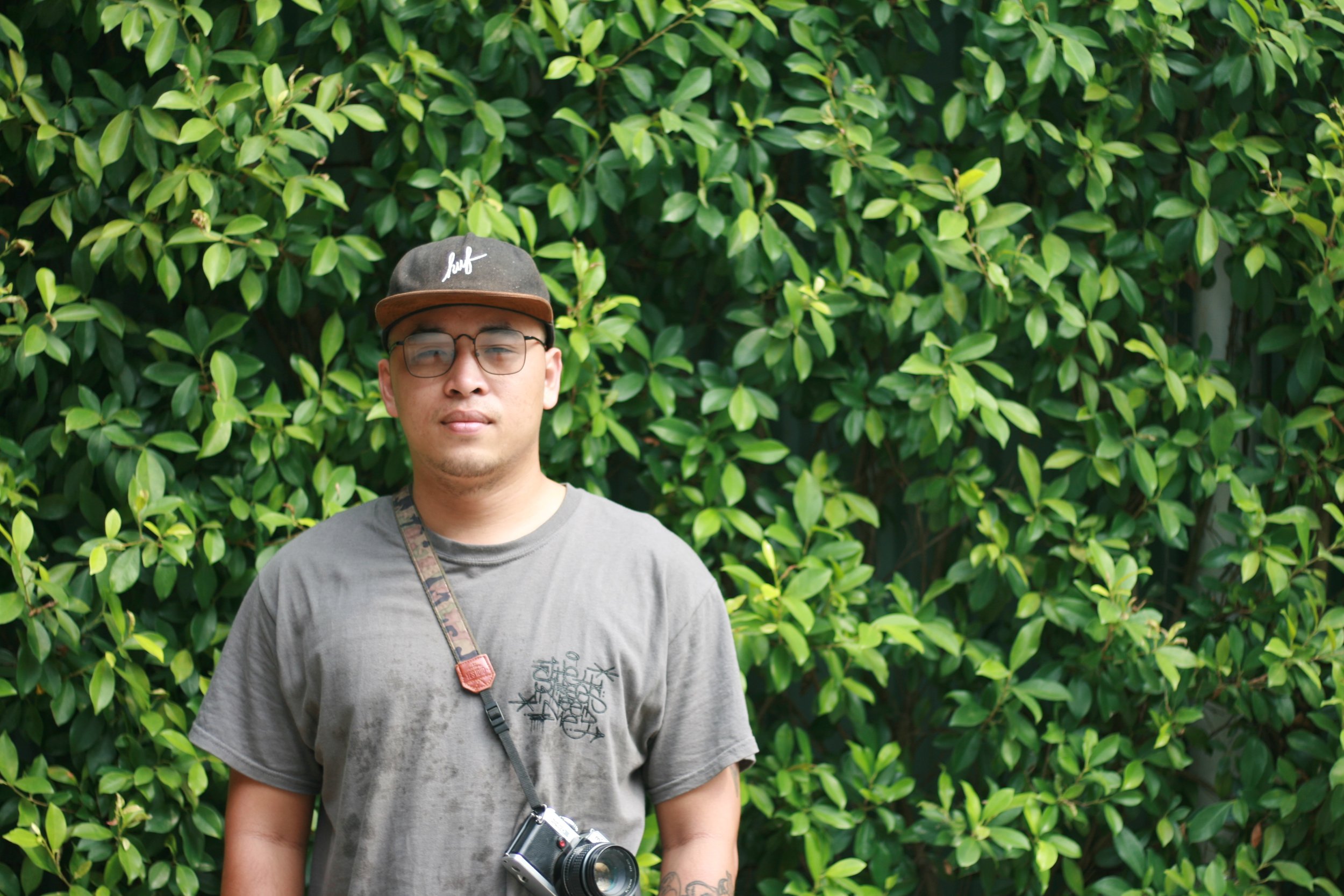
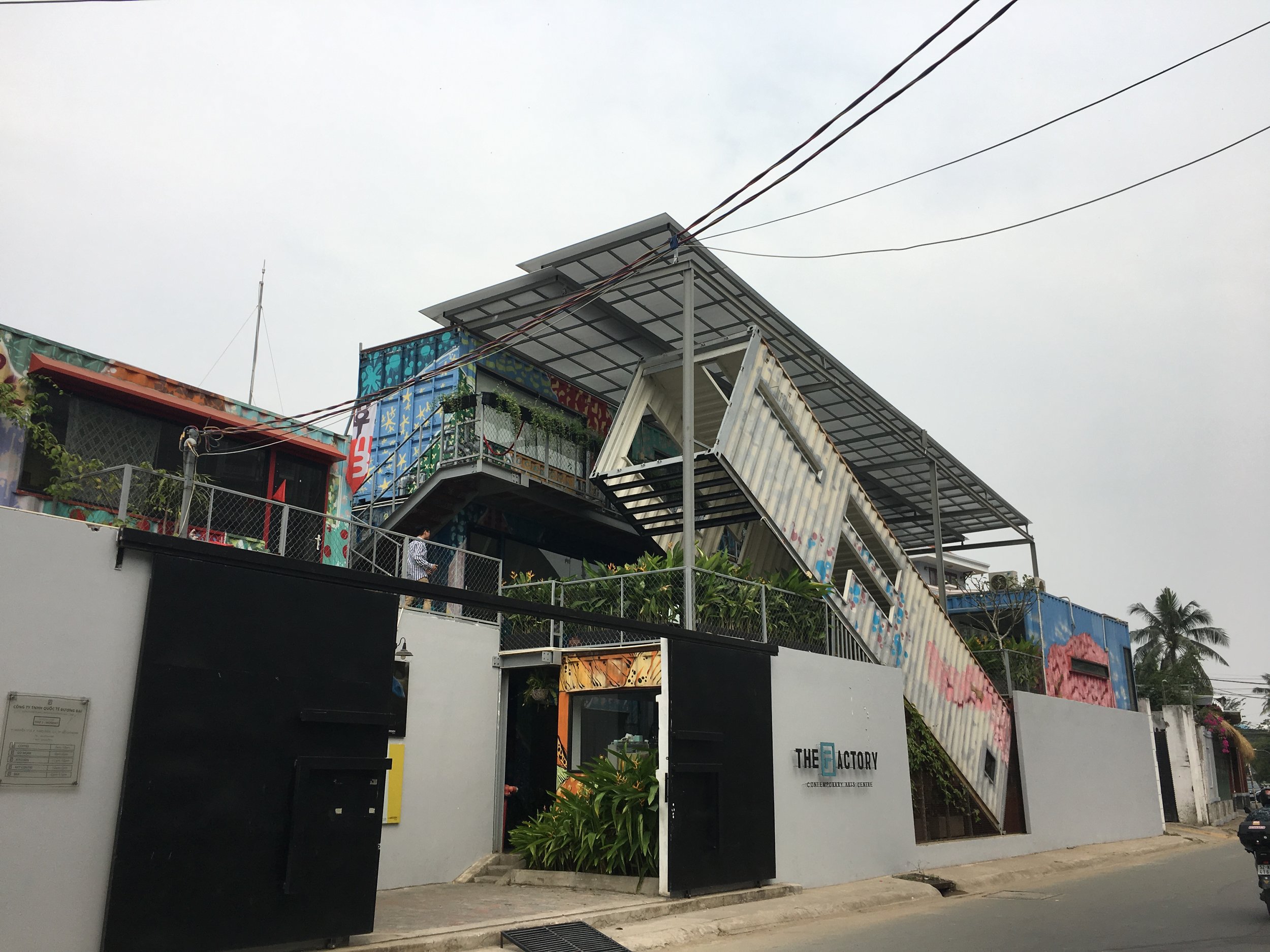









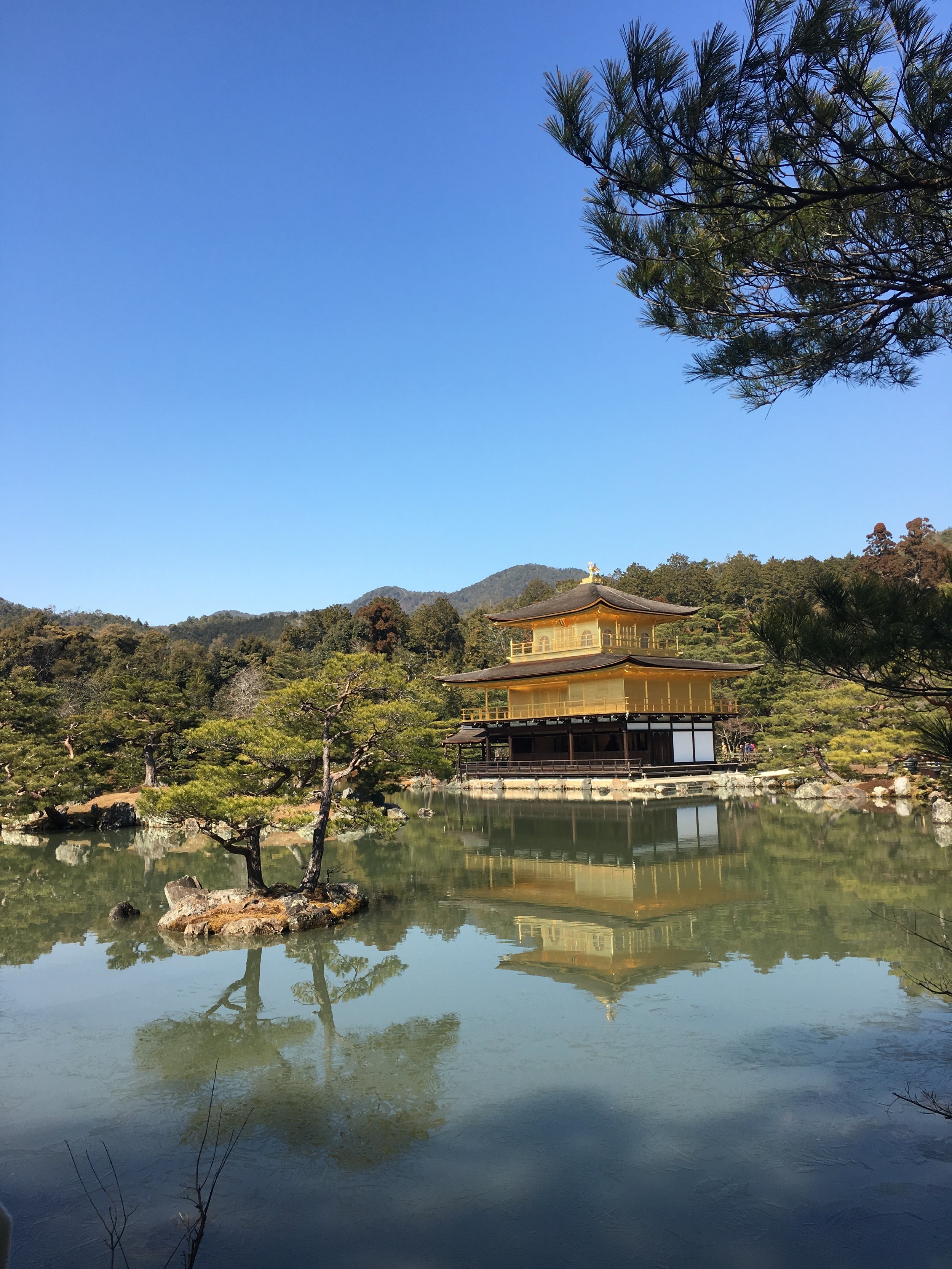
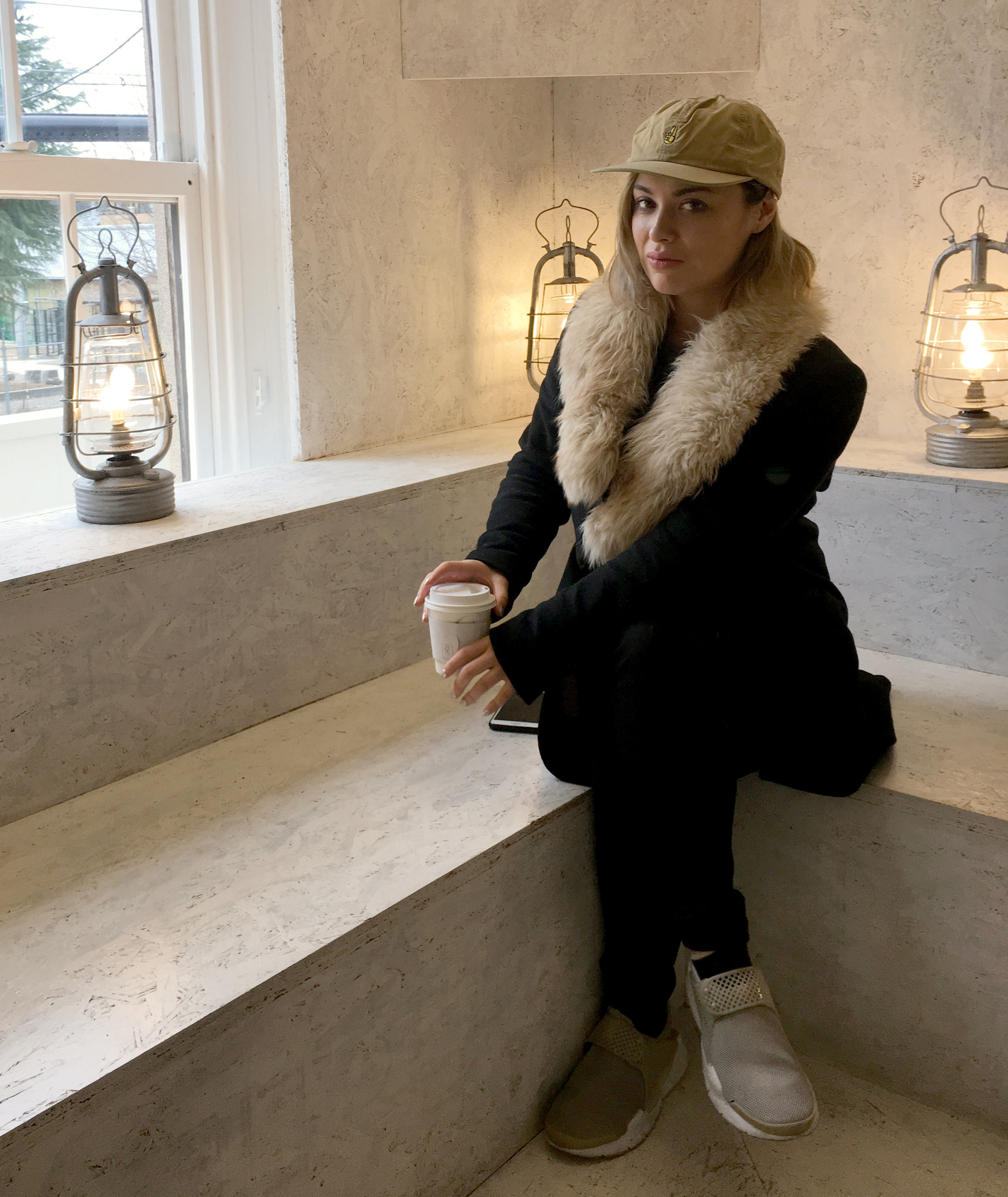



















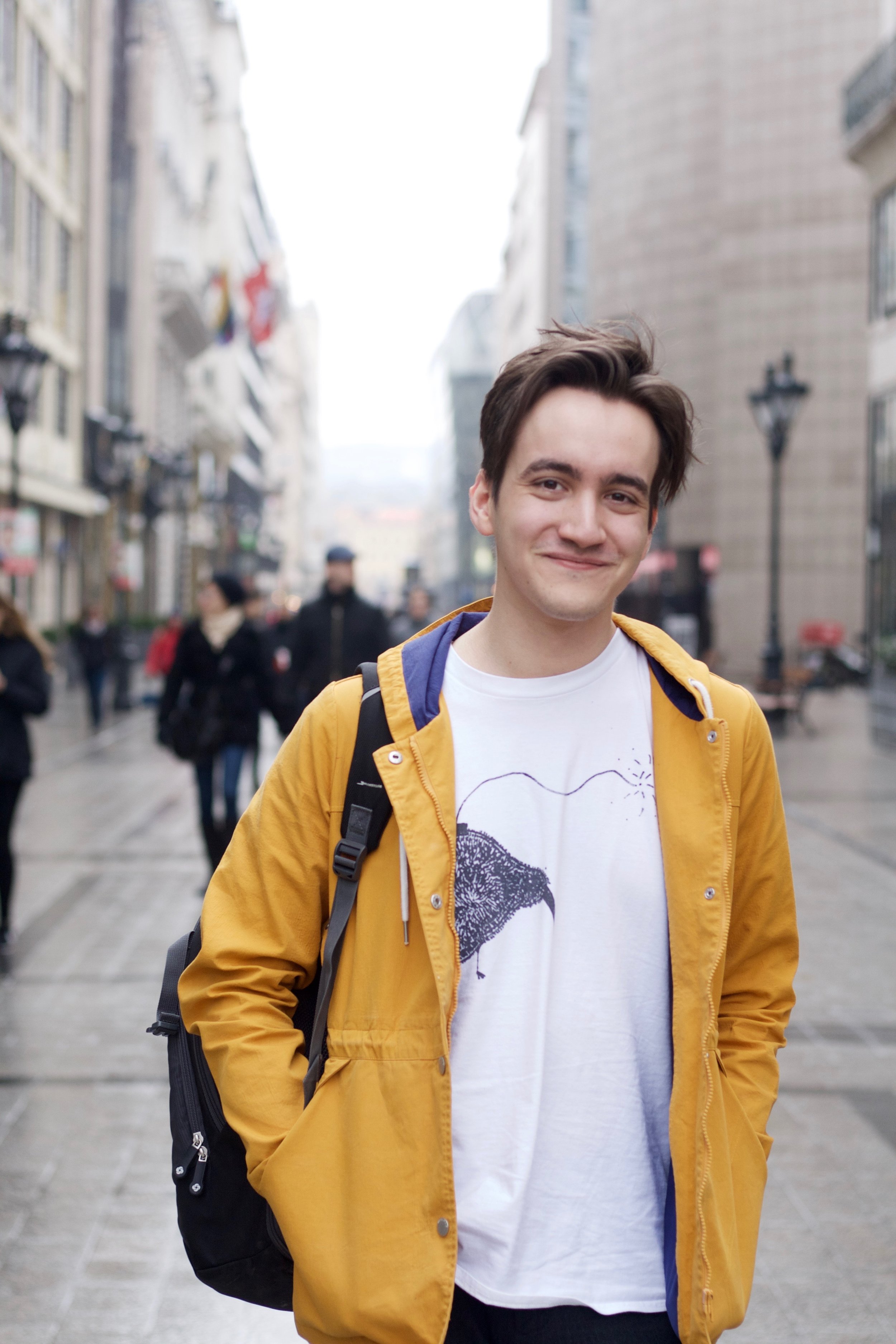








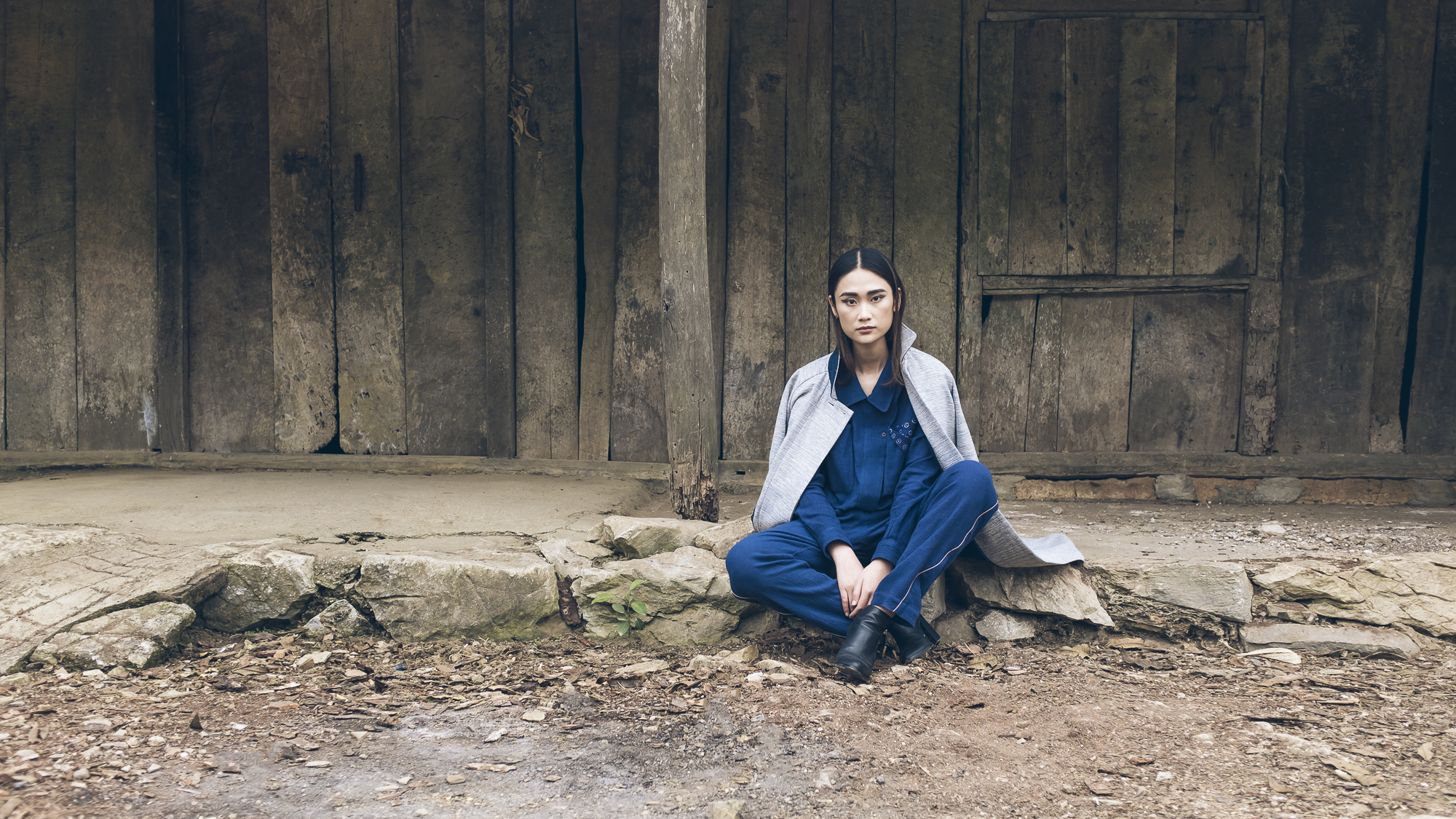
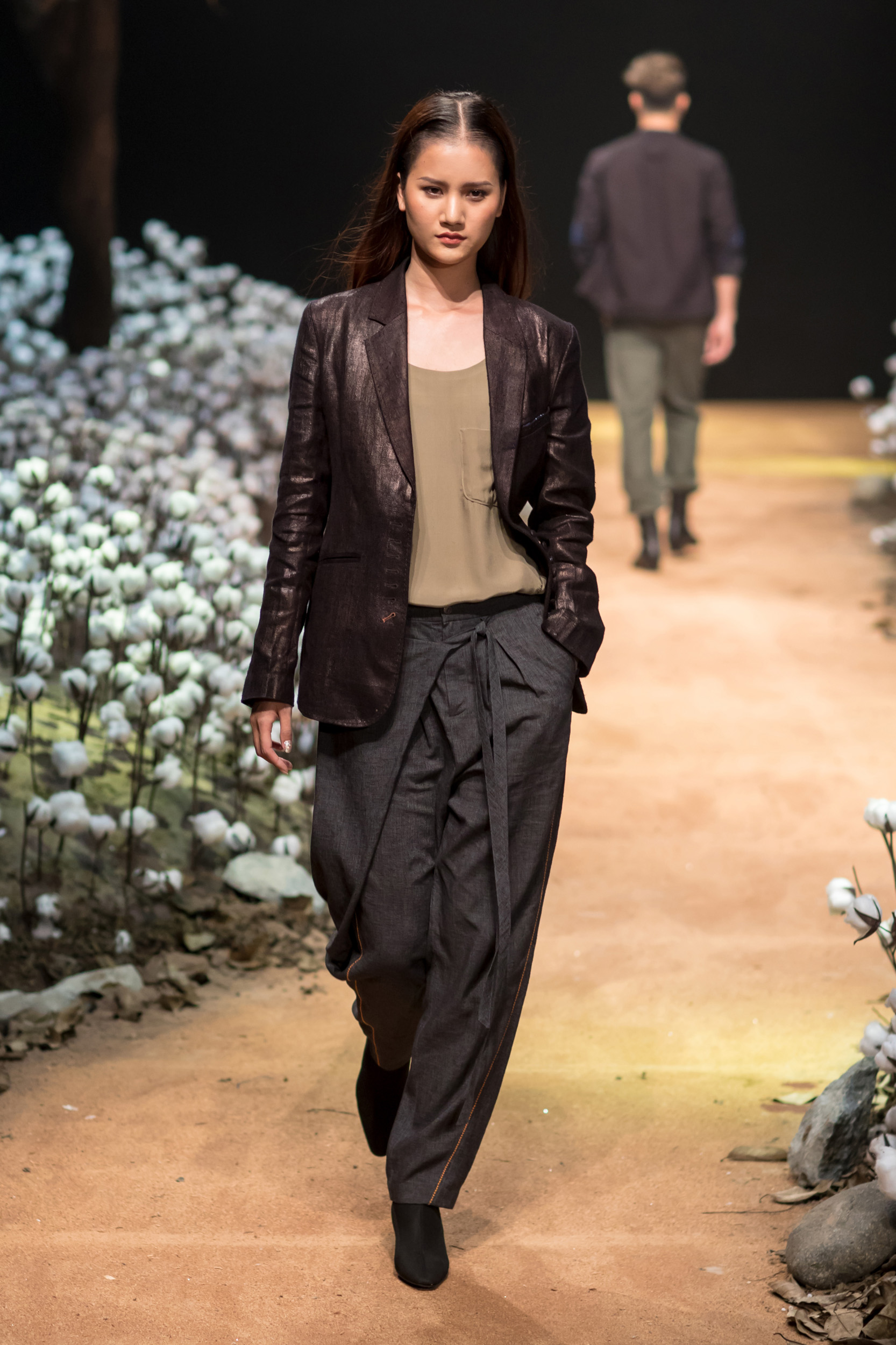
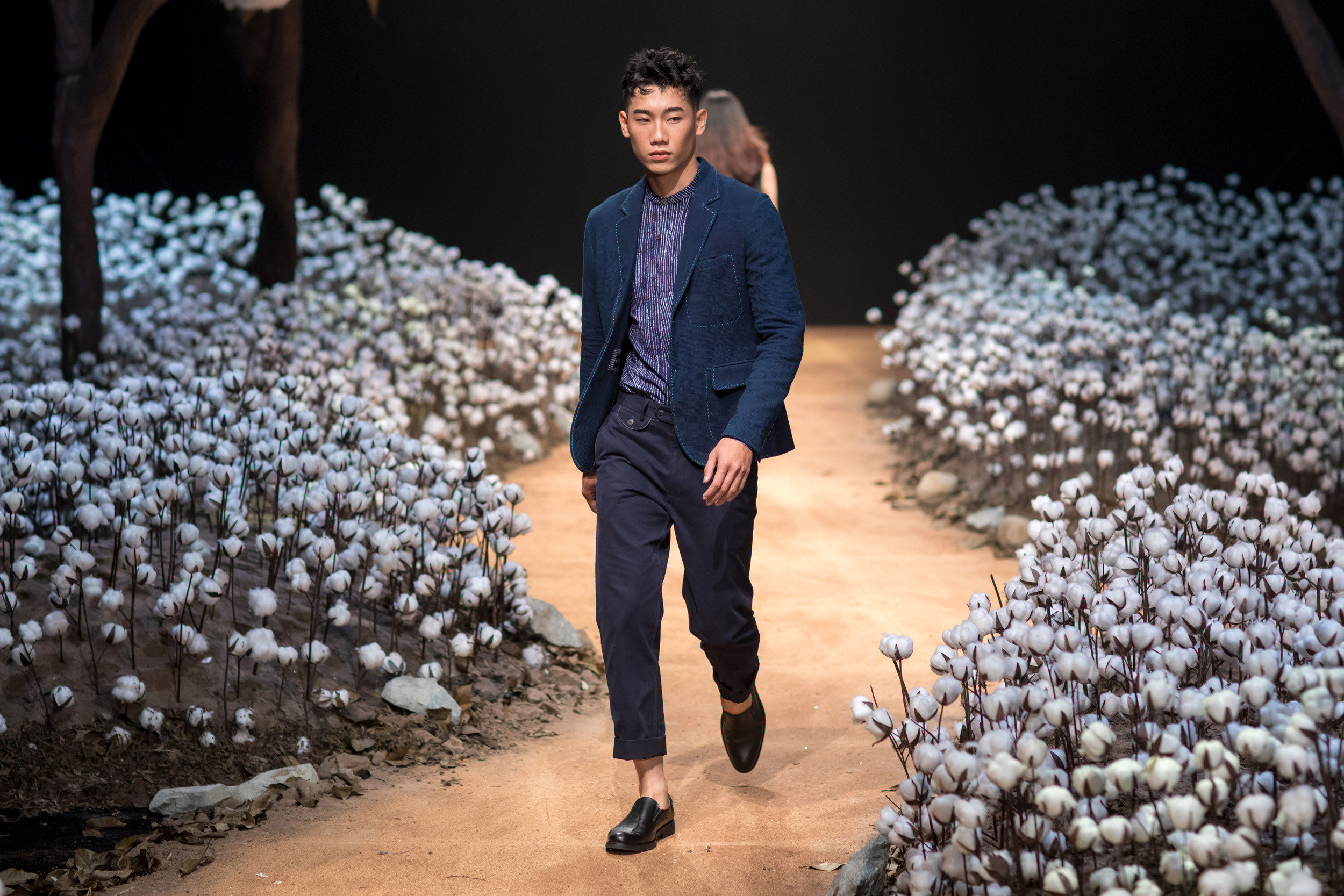
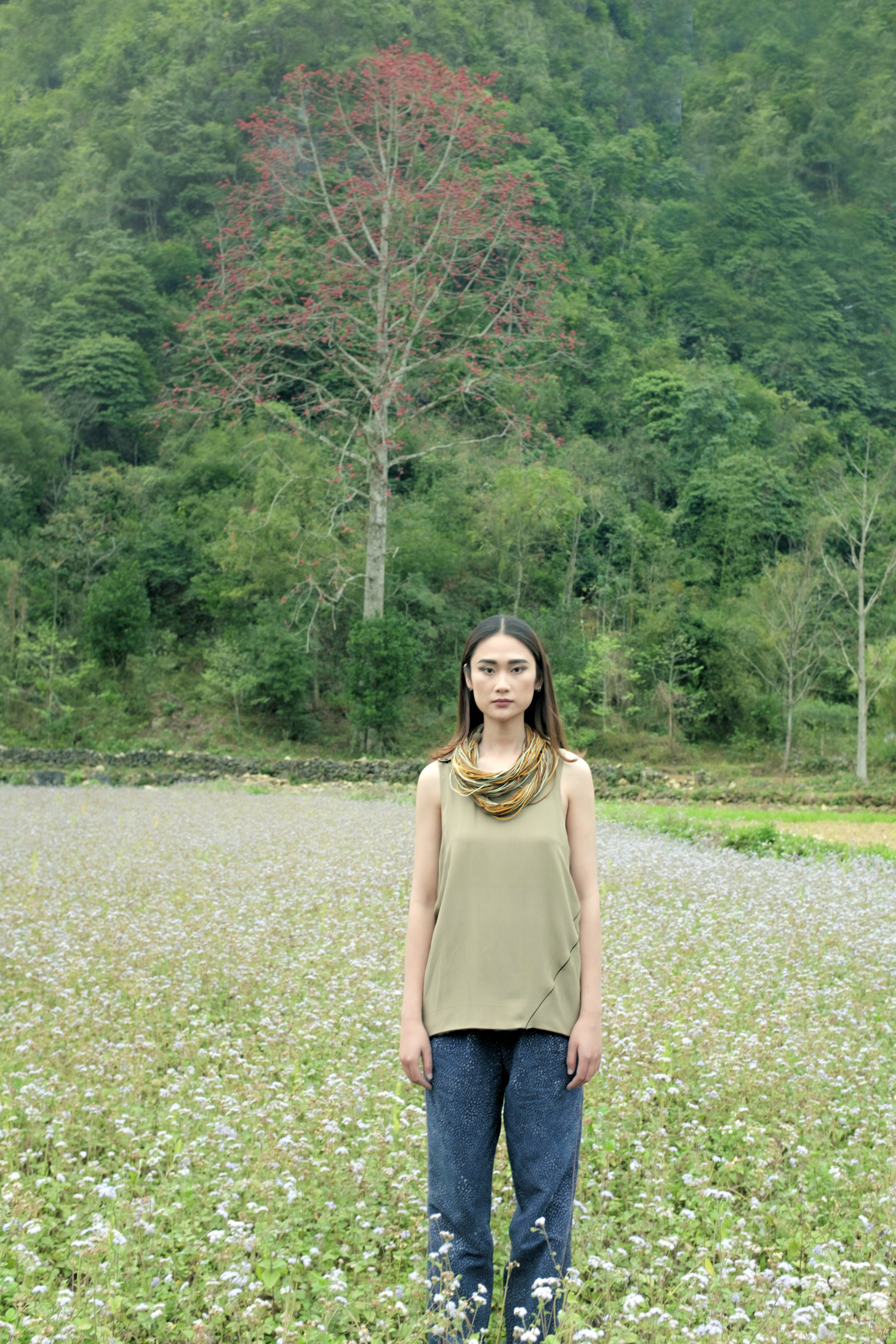













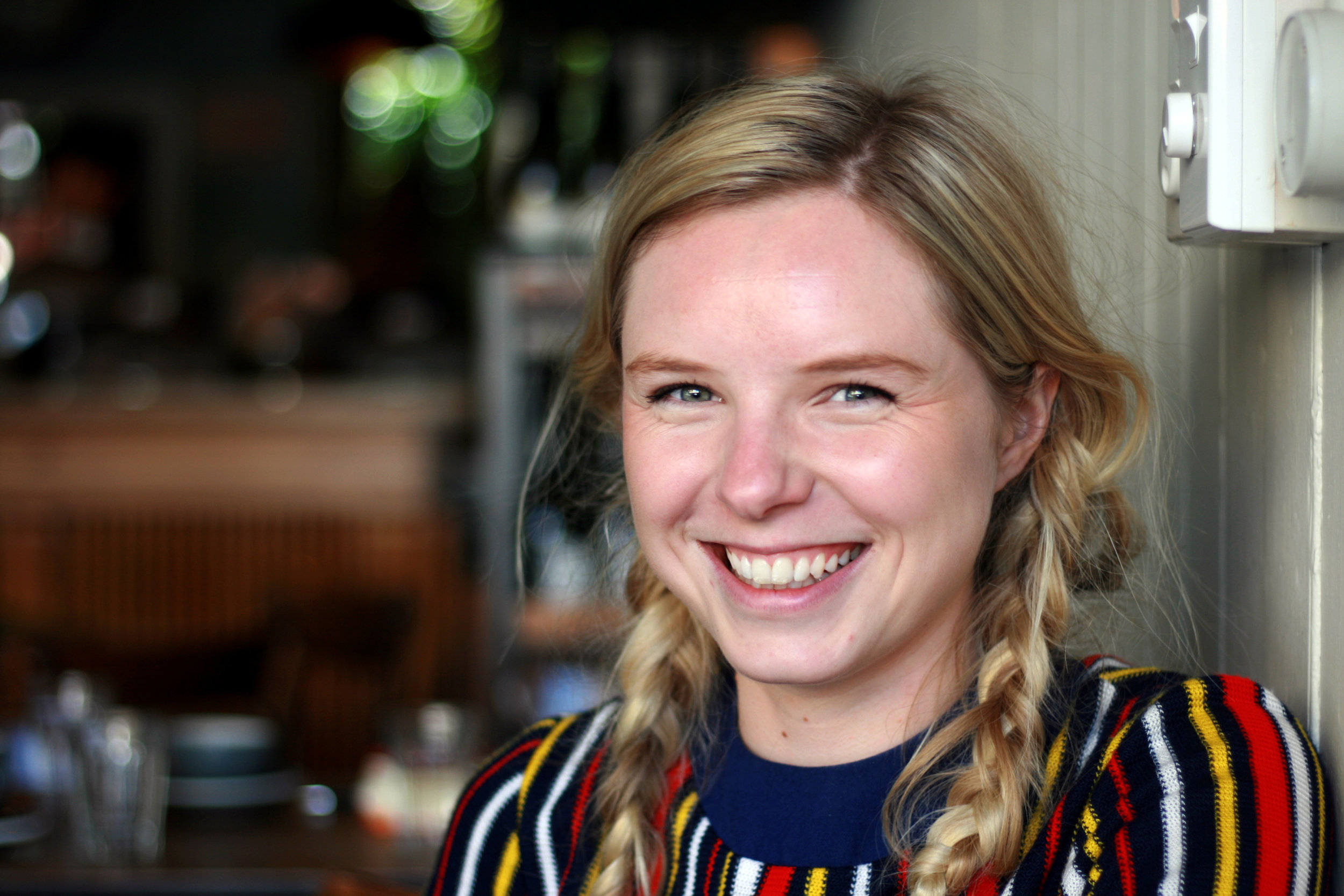
Here are the best five spots for cheap beer, good stories, and a host of local characters.